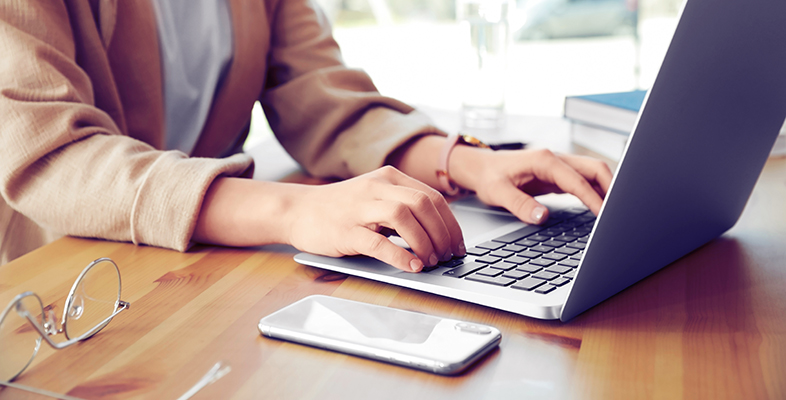Home » Course Layouts » Free Course Layout Udemy
This course, An introduction to computers and computer systems, challenges how we view computers through the examples of processors in kitchen scales and digital cameras, as well as examining the work of art that, at heart, is a computer. You will also explore how computers are connected together to achieve even more than when working alone.
0
36
English
English [CC]
FREE
- Learn basic syntax that can apply to any language.
- Learn what is a programming language and the basic concepts for beginners.
- Understand what is Javascript in it's truest form.
- Know the basic syntax of Javascript.
- Know some hidden quirks in Javascript.
Description
Course learning outcomes
After studying this course, you should be able to:
- Recognise the fundamental hardware components that make up a computer's hardware and the role of each of these components
- Describe the difference between an operating system and an application program, and what each is used for in a computer
- Understand something of the work involved in designing an application program
- Appreciate some of the core networking technologies used to connect computers together
- Reflect on some of the future directions for computers and computer systems.
Course content
- Introduction 00:20:00
-
- Introduction 00:10:00
- The first computers 00:20:00
- The parts of a computer 00:25:00
- The general purpose, programmable computer 00:20:00
- Computers and data 00:10:00
- Computers today 00:20:00
- Summary of Session 1 00:05:00
-
- Introduction 00:05:00
- A Personal Computer 00:10:00
- Processors 00:05:00
- Multi-core processors 00:10:00
- Processors in ‘invisible’ computers 00:07:00
- Peripheral devices 00:10:00
- Input and output devices for physically impaired users 00:10:00
- Connecting the devices 00:30:00
- Computers as systems 00:20:00
- Summary of Session 2 00:03:00
- Introduction 00:05:00
- Switches 00:30:00
- Representing data: bits 00:20:00
- Representing data: bytes 00:10:00
- An alternative to binary? 00:15:00
- Representing text in binary 00:20:00
- Representing numbers in binary 00:15:00
- Representing pictures and music in binary 00:05:00
- Representing images in binary 00:45:00
- Representing audio in binary 00:15:00
- Summary of Session 4 00:05:00
- Introduction 00:05:00
- Software 00:20:00
- Operating systems 00:20:00
- Using flowcharts to describe a task 00:30:00
- Using flowcharts to describe a task 2 00:15:00
- Tasks for a typing tutor 00:20:00
- Developing an application program 00:15:00
- The language of the web 00:15:00
- Summary of Session 6 00:07:00
- Technologies 00:03:00
- An example network 00:20:00
- Routers and switches 00:20:00
- Local Area network (LAN) 00:10:00
- Wide Area Network (WAN) 00:15:00
- Wireless networks 00:10:00
- Introduction 00:05:00
- Green computing 00:20:00
- Carbon emissions 00:20:00
- Home working 00:20:00
- Summary of Session 8 00:05:00
- Course summary 00:10:00
N.A
- 5 stars0
- 4 stars0
- 3 stars0
- 2 stars0
- 1 stars0
No Reviews found for this course.
Instructor
Open University UK
4.8
4.8
14
42473
1068
Explore Free Courses
Access valuable knowledge without any cost.
{"title":"","show_title":"0","post_type":"course","taxonomy":"course-cat","term":"engineering-skills,health-and-safety","post_ids":"","course_style":"free","featured_style":"course6","masonry":"","grid_columns":"clear4 col-md-3","column_width":"268","gutter":"30","grid_number":"4","infinite":"","pagination":"","grid_excerpt_length":"20","grid_link":"1","grid_search":"0","course_type":"","css_class":"","container_css":"","custom_css":""}












